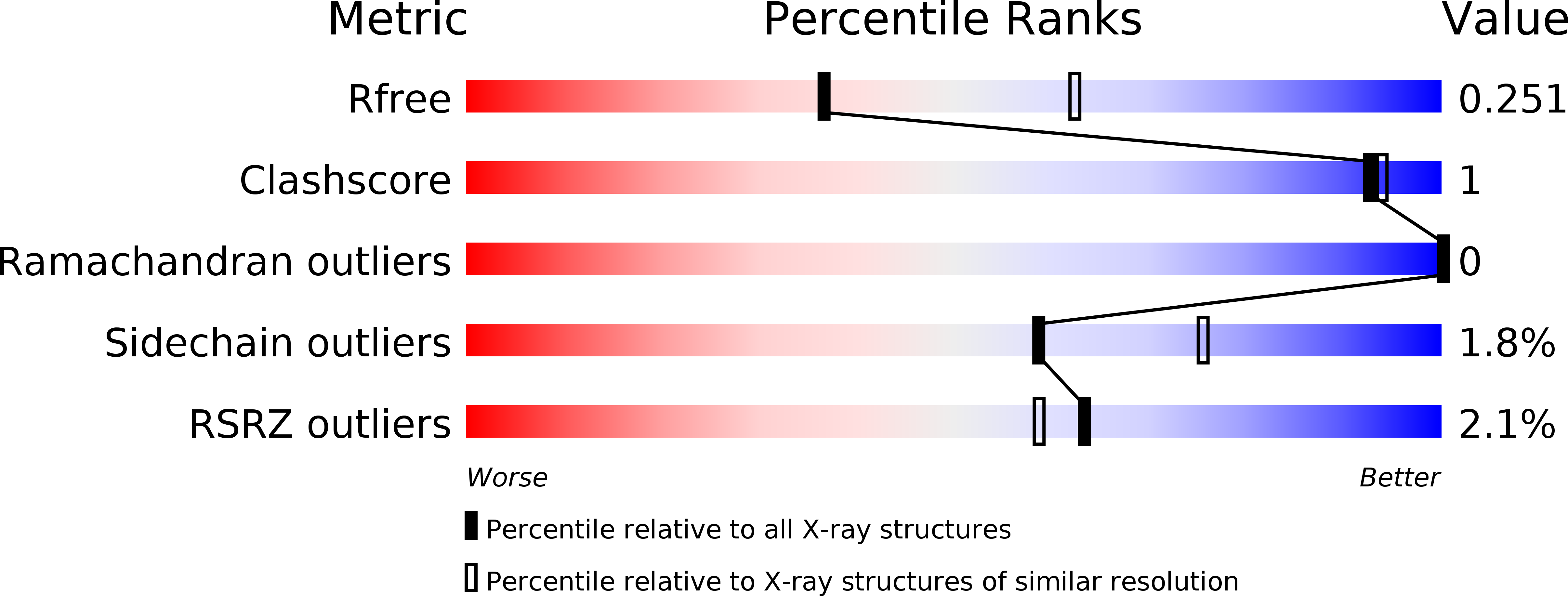
Deposition Date
2015-10-03
Release Date
2016-03-23
Last Version Date
2024-03-06
Entry Detail
PDB ID:
5E3L
Keywords:
Title:
Crystal structure of Fis bound to 27bp DNA F1-8G (AAATTGGTTTGAATTTTGAGCCAATTT)
Biological Source:
Source Organism:
Escherichia coli (Taxon ID: 83333)
synthetic construct (Taxon ID: 32630)
synthetic construct (Taxon ID: 32630)
Host Organism:
Method Details:
Experimental Method:
Resolution:
2.66 Å
R-Value Free:
0.24
R-Value Work:
0.20
R-Value Observed:
0.21
Space Group:
P 21 21 21


